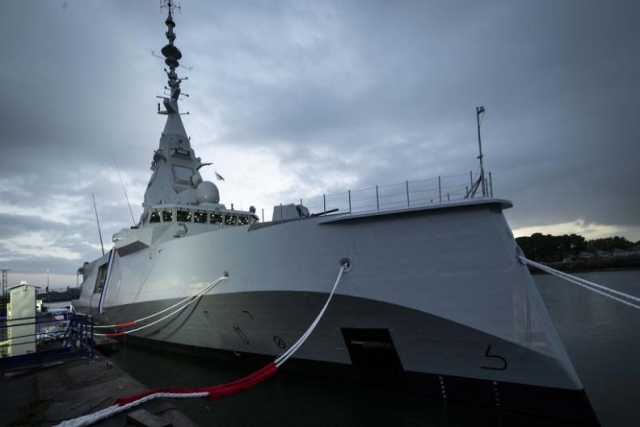Navy Plan for Huge Network Looks Likely to Fail
In October of 2000, during the waning days of the Clinton Administration, the Department of the Navy awarded the biggest information-services contract in the history of the federal government. It was called the Navy Marine Corps Intranet (NMCI), and it was designed to replace thousands of incompatible information systems operated by sea-service shore installations with a single, integrated network. NMCI became the biggest "intranet" in the world, supporting 350,000 computers and 700,000 users.>> It isn't surprising that the Navy Department was the first military department to push for an integrated internal network. The Navy and Marine Corps have led joint-force thinking about the military applications of digital networks since the dawn of the information age. It was the Navy that first embraced the notion of network-centric warfare, and the Navy that made the most aggressive steps to reorganize its warfighting posture around the synergies afforded by connecting all members of the force.>> Having provided a path that other services could follow into the new millennium, though, the Navy has now begun to lose its way. Navy planners want to balkanize implementation of the successor to NMCI in a scheme that looks doomed to failure. The new system is called the Next Generation Enterprise Network (NGEN). It is one of several overarching networks that are supposed to complete the integration of sea-service information systems circa 2016.>> The basic idea is to segment the operations of the next-generation network into a series of functionally related services such as data storage, user support and information security that would be provided by best-of-breed industry teams, with the overall system being integrated and managed by a dedicated Navy office. That sounds reasonable enough, but there is little basis for believing the Navy is capable of efficiently integrating the efforts of half a dozen unruly teams as they implement the pieces of a continuously evolving network. To make matters worse, the Navy Department proposes to have the new network up and running on October 1, 2010, even though it hasn't yet described a complete acquisition approach, much less conducted the competitions needed to select providers.










